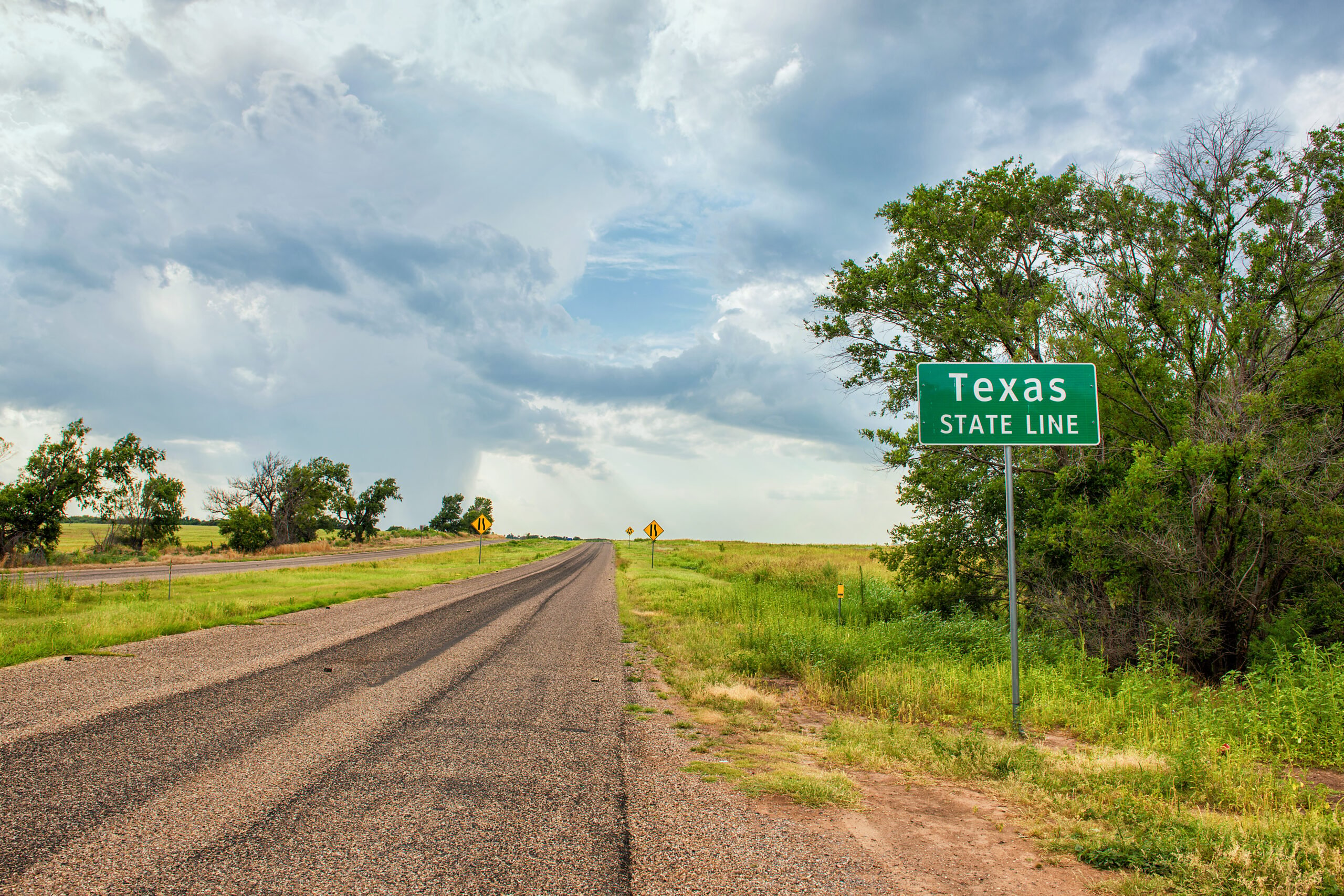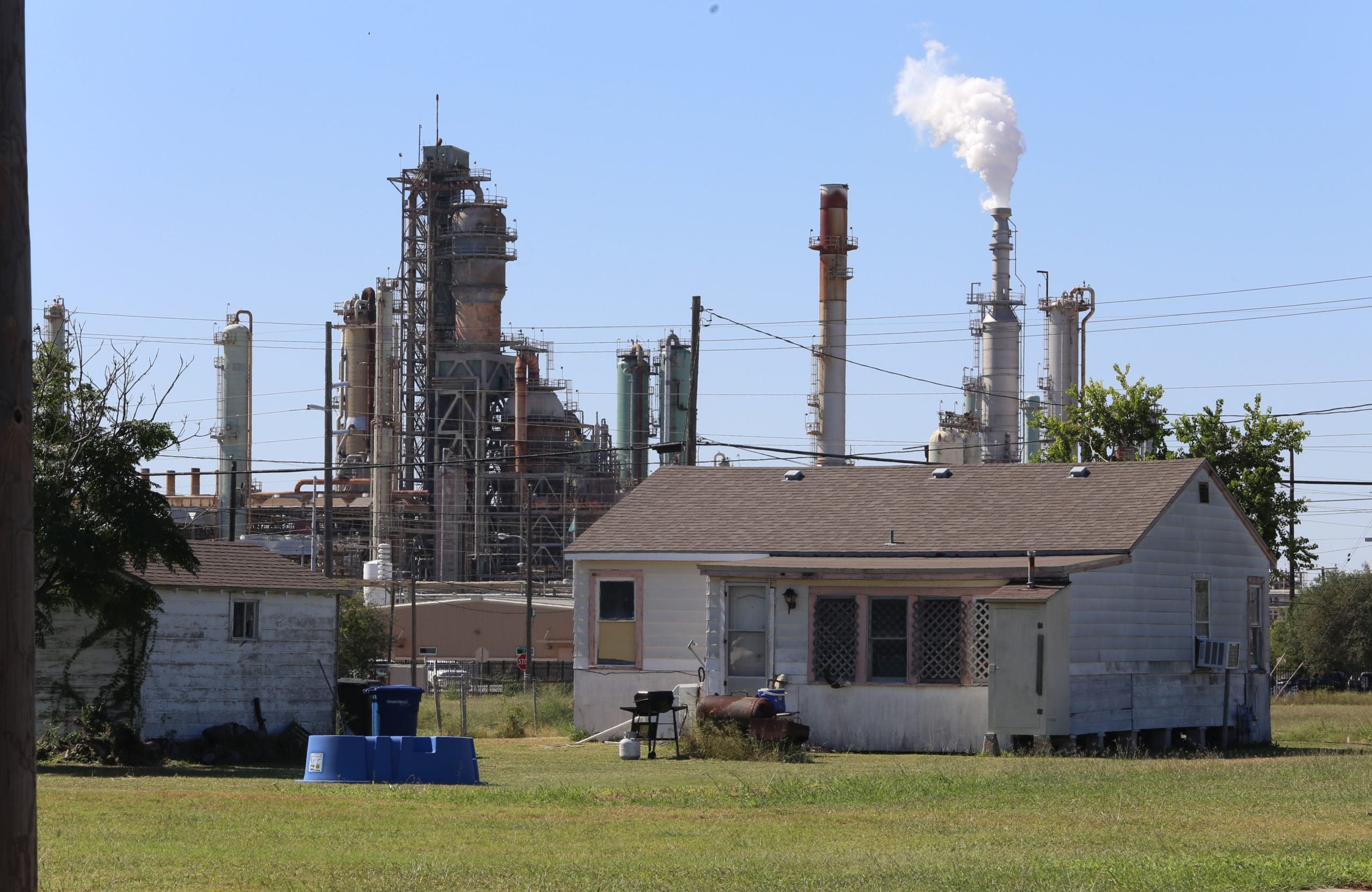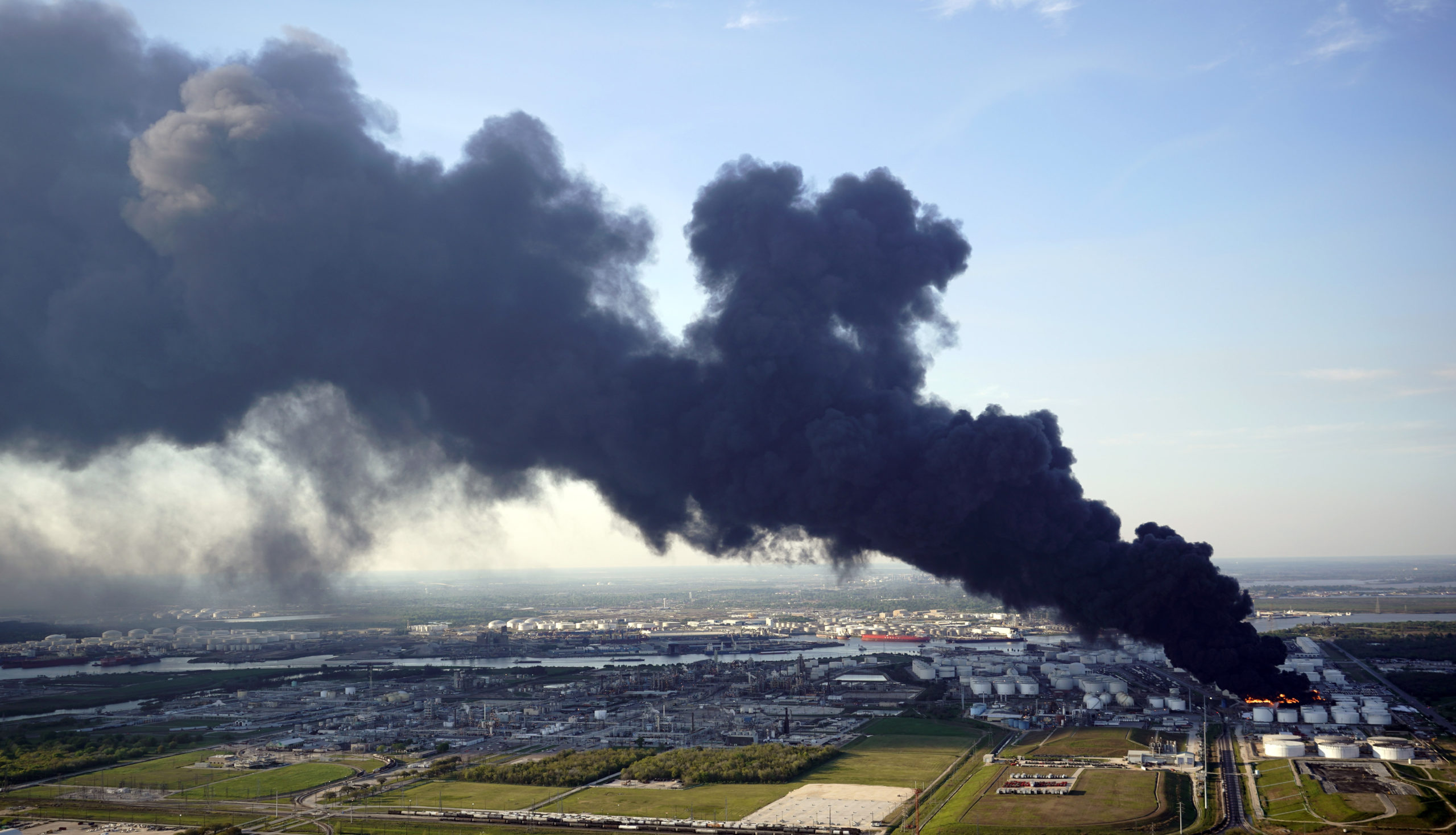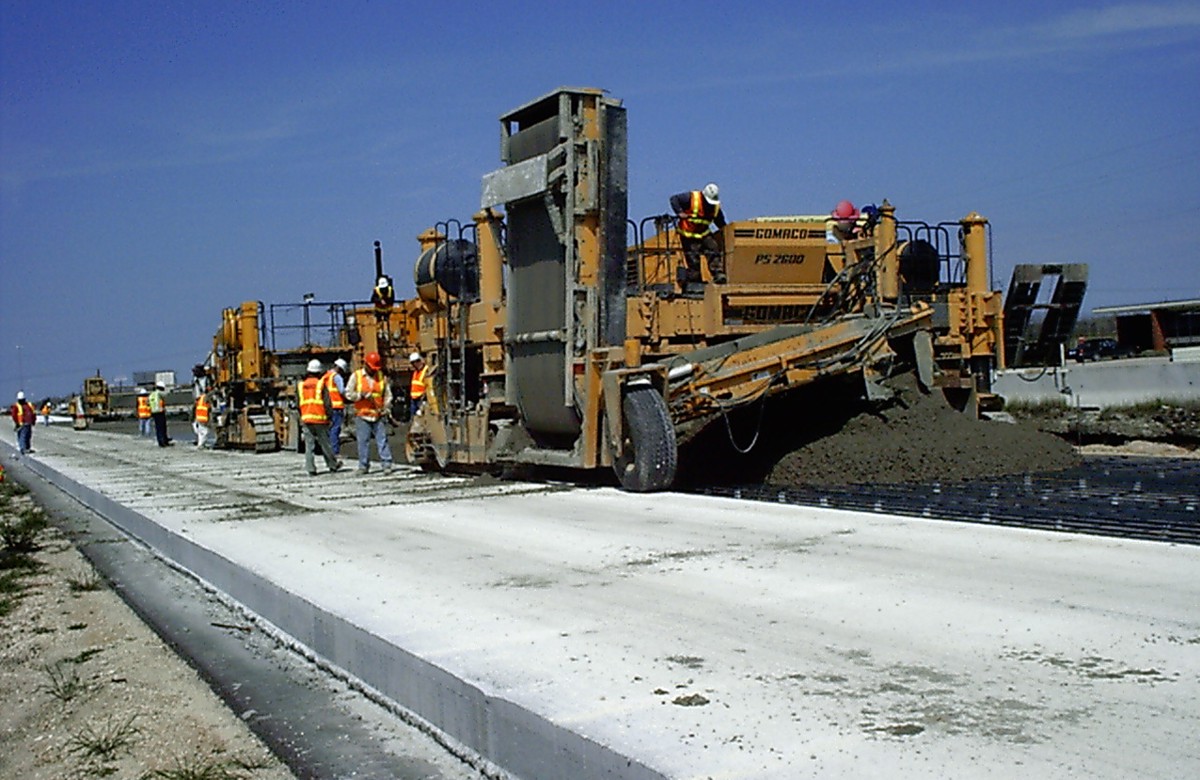
Environmental Regulators Quietly Shrink Public Comment Period for Concrete Plants
Shortening the comment period by 15 days could burden citizens and reduce their opportunity to participate in the permitting process.
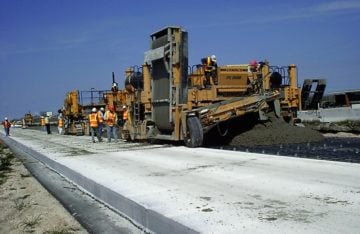
At the request of a concrete industry association, the Texas Commission on Environmental Quality (TCEQ) has reduced the public comment period for concrete batch plant air permits from 45 days to 30 days.
Under the old rule, Texans had two comment periods: an initial 15-day period, during which citizens could also request a hearing, and a 30-day period for additional comments. The new rule, requested by the Texas Concretes and Aggregates Association (TACA), took effect on January 1 and consolidates the two comment periods into one 30-day period.
Community groups and local governments said the move would stifle their ability to be heard.
“This change undermines the ability for neighborhoods in Dallas to participate and engage in the process,” said James McGuire, director of the office of environmental quality with the city of Dallas. The Dallas-Fort Worth area has seen several new concrete plants proposed in the last few years, some close to schools.
Every year, dozens of concrete batch plants are built in Texas to keep up with the demand for new roads and homes. While some plants are located on the outskirts of urban areas, many are constructed near neighborhoods. In addition to being noisy, the plants can release thousands of pounds combined of fine dust particles, lead, carbon monoxide and other pollutants that aggravate asthma and worsen other respiratory problems.
As a result, residents often oppose the construction of these plants close to homes and schools. The permit application process at TCEQ is a chance for residents to air their concerns and push for a facility to be moved elsewhere. In 2016, TCEQ processed 103 such applications, down from 133 in 2015. The agency has 41 pending applications, which are subject to the old rule.
The rule change slipped by relatively unnoticed. It received almost no media attention and environmental and consumer advocates didn’t submit comments. Only three commenters — the city of Dallas, Houston Mayor Sylvester Turner and state Representative Alma Allen, D-Houston — officially opposed the change, in part because several concrete batch plants have been planned in those two cities. They argued that shortening the comment period will burden citizens and make it more difficult for Texans to navigate a process that is already confusing and time-consuming.
In his letter to TCEQ, Turner cautioned that the burden will be “particularly onerous” for those “in socioeconomically disadvantaged communities who historically have had less of a voice in public processes and who have fewer resources to deploy to protect themselves.”
But those requests apparently fell on deaf ears at TCEQ, which adopted the rule in December.
In an email, TCEQ spokesperson Andrea Morrow told the Observer that the new rule “will allow the public more time to review the registration, determine whether to comment, request a public meeting or contested case hearing, and then to timely submit the information to the TCEQ.”
Richard Szecsy, president of TACA, agreed. The new rule showed “that the industry supported an idea of how do we streamline the process and improve the opportunity for the public to comment,” he said. “For us it was a ‘one plus one equals three’ situation.”
Under the old rule, the public could only request a contested case hearing, a legal proceeding overseen by the State Office of Administrative Hearings, during the initial 15-day comment period. Now that window has expanded to 30 days, effectively providing more time for the public to request a hearing, they said.
Still, that argument doesn’t account for the fact that TCEQ takes all comments into consideration when deciding to permit a facility, whether they’re submitted in the first or the second comment period. A second comment period also ensured that another notice was sent out to the public soliciting comments. In addition, the comment periods were not necessarily consecutive, giving residents more than 45 days to organize and oppose the plant.
Teresa Henderson, a resident of the Shamrock Manor neighborhood in southeast Houston, witnessed firsthand how opaque the regulatory process can be under the old rules. In 2015, when Henderson, who is also president of the neighborhood association, realized that a concrete batch plant was being planned eight blocks from her house, she and others in the community first approached local legislators in the hope that they could halt construction of the plant.
“We should have gotten [a lawyer],” Henderson told the Observer. “We weren’t aware of that. We thought we could fight through our state representatives. We were very wrong. Unfortunately, this happened so quickly.”
By the time Henderson understood how to best use her time and energy to oppose the plant, the comment period had closed, and there was little she could do. Henderson is now gearing up to oppose another concrete plant planned in the area. There are already about 13 plants and four quarries in a 3-mile radius surrounding the nearby Frost Elementary School, endangering the health of families in the neighborhood, she said.
“It’s an accumulation of them all that’s the danger that we’re dealing with,” Henderson said. “We know what the true effects are on the community.”
[Correction: A previous version of this article misstated James McGuire’s title. He is the director of the office of environmental quality for the city of Dallas, not a senior assistant attorney.]
